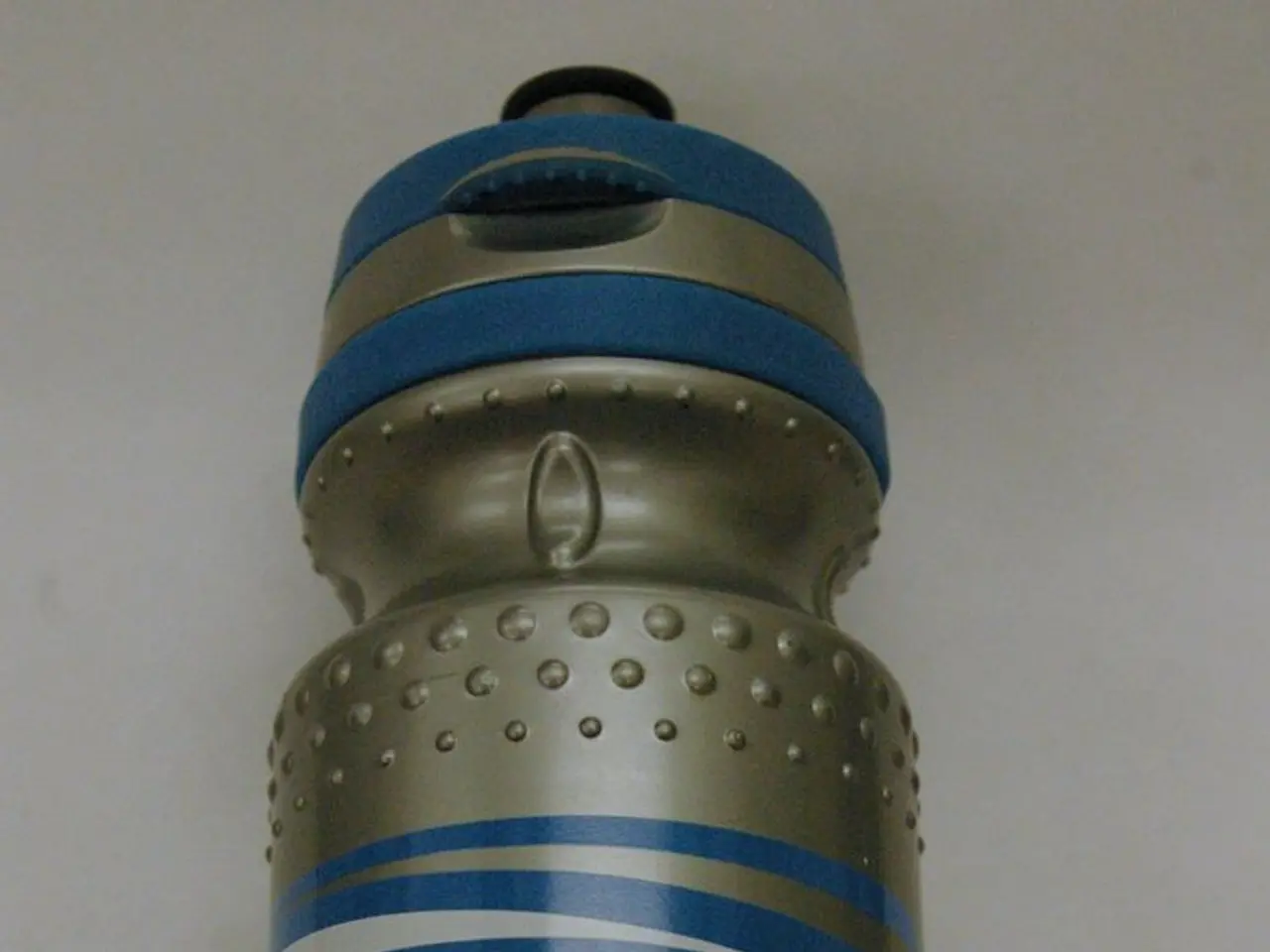Research-led Evolution of Wilmot's Mature Breast Cancer Program
Wilmot Cancer Institute Innovates Breath-Hold Technique for Breast Cancer Radiation Therapy
At Wilmot Cancer Institute, Dr. Kim Gergelis is pioneering a groundbreaking approach to breast cancer radiation treatment. By applying military-based breath-hold techniques, she aims to reduce heart damage in patients undergoing radiation therapy [1].
This innovative method, known as the Deep Inspiration Breath Hold (DIBH) technique, has shown promising results in reducing the risk of heart damage during treatment. When patients take a deep breath and hold it, the lungs expand, pushing the heart posteriorly and inferiorly away from the left breast. This physical displacement of the heart from the radiation field reduces the amount of cardiac tissue exposed to radiation, lowering the risk of radiation-induced heart damage [1][3].
The DIBH technique is particularly beneficial for left-sided breast cancer patients, as the heart lies close to the treatment field. By holding a deep breath for 20–30 seconds during radiation, the heart's position is consistently maintained away from the radiation beams, which is carefully monitored by surface-guided radiation therapy (SGRT) systems [1].
The protective effect of the DIBH technique comes from reducing the cumulative radiation dose to the heart. Studies have shown that even low doses of radiation to the heart can increase the risk of long-term cardiovascular toxicity, and this risk correlates linearly with mean heart dose. By increasing the lung volume and shifting the heart position out of the high-dose area, DIBH effectively lowers this dose [2][4].
Patient training and support are crucial for the successful implementation of the DIBH technique. Reproducible and sustained breath holds are essential during treatment sessions, and some programs have even explored using virtual reality to help patients learn and tolerate the technique better [3].
As part of a national network of clinical trials, Wilmot is evaluating the effectiveness of new drugs for triple negative breast cancer. The institute is also a national leader for treating older adults with cancer, with a large portfolio of studies geared toward enhancing elder patient care [5].
In addition to the DIBH technique, Wilmot offers the latest treatments for breast cancer, including immune therapies, targeted drugs, and studies on less-toxic precision drugs. The institute's Comprehensive Breast Care program has several new initiatives, including groundbreaking clinical trials, advanced technology for breast cancer diagnosis, a risk-reduction clinic, a retooled survivorship program, new laboratory research, and a mobile mammography unit [6].
References: 1. Deep breath holds in radiation therapy for breast cancer 2. Long-term cardiovascular toxicity after breast cancer radiation therapy 3. Virtual reality for improving deep breath holds in radiation therapy 4. Deep inspiration breath-hold technique in breast cancer radiation therapy: a systematic review and meta-analysis
- Clinical studies using the Deep Inspiration Breath Hold (DIBH) technique for breast cancer radiation therapy show promise in reducing the risk of heart damage during treatment.
- The DIBH technique is suitable for left-sided breast cancer patients due to its ability to consistently maintain the heart's position away from radiation beams, as monitored by surface-guided radiation therapy (SGRT) systems.
- The protective effect of the DIBH technique comes from lowering the radiation dose to the heart, which significantly reduces the risk of long-term cardiovascular toxicity.
- The Wilmot Cancer Institute is part of a national network of clinical trials, evaluating new drugs for triple negative breast cancer and focusing on enhancing elder patient care.
- Aside from the DIBH technique, Wilmot Cancer Institute offers advanced treatments for breast cancer, including immune therapies, targeted drugs, and clinical trials on less-toxic precision drugs.
- To achieve successful implementation of the DIBH technique, patient training and support are considered essential, with some programs even exploring virtual reality as a means to help patients learn and tolerate the technique better.
- In line with its commitment to technological advancement, the Wilmot Cancer Institute employs data and cloud computing in its studies and treatments, ensuring the integration of high-tech solutions into patient care, health-and-wellness, women's health, and mental health, as well as skin care and menopause management.




